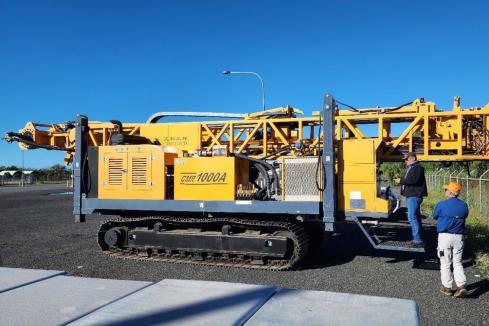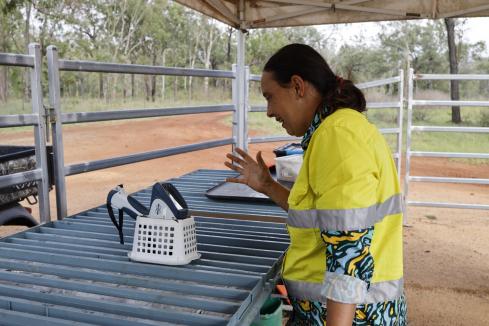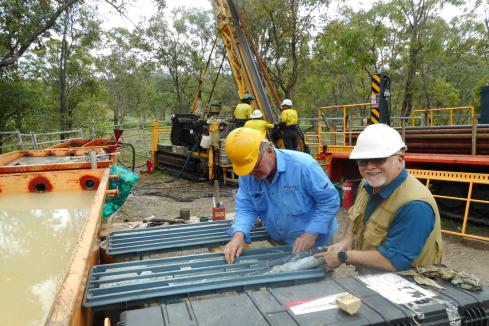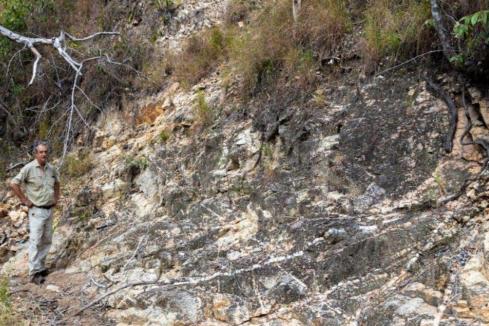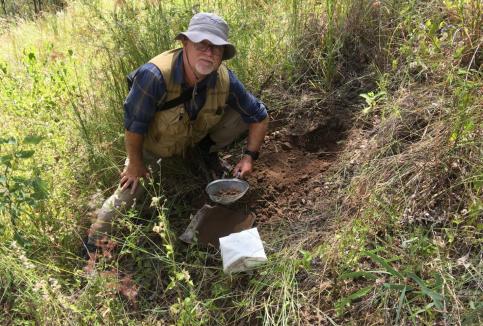Two diamond-core holes drilled by Alma Metals into the central zone of its Briggs porphyry copper-molybdenum project in Central Queensland have defined thick mineralisation extending from surface through almost the full 200m hole depths. The company says its latest results further support the possibility for bringing to life its previous visions of a shallow, high-grade initial open pit.

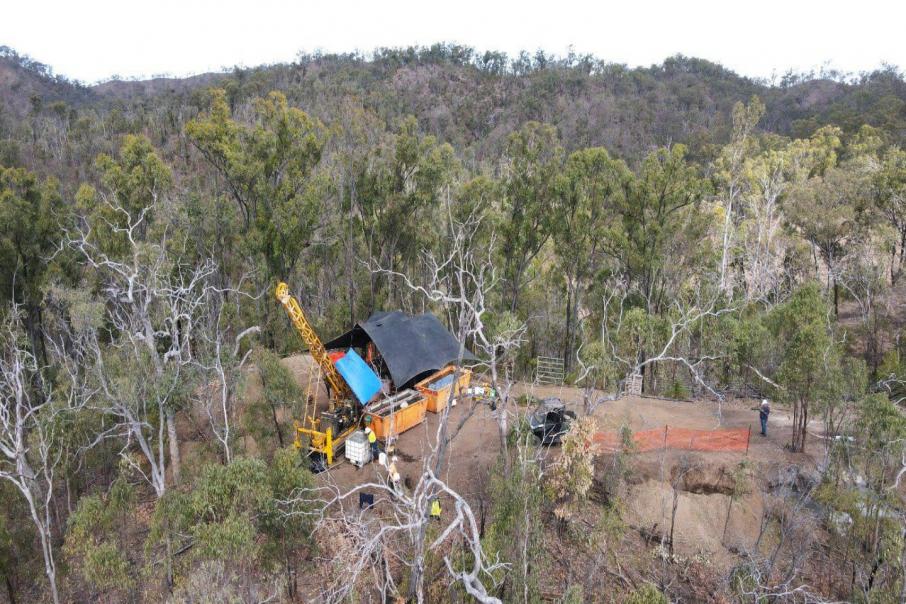
Two diamond-core holes drilled by Alma Metals into the central zone of its Briggs porphyry copper-molybdenum project in Central Queensland have defined thick mineralisation extending from surface through almost the full 200m hole depths.
The company says its latest run of assays further support the possibility for bringing to life its previous visions of a shallow, high-grade initial open pit. It says the mineralisation is on the contact between the granodiorite intrusion, a felsic-intrusive complex and its enclosing volcanogenic sediments.
The first hole was inclined and set to run from just inside the granodiorite margin to terminate in the enclosing volcanic wall rocks at 200.5m downhole depth, intercepting an impressive 188.5m at an overall average grade of 0.3 per cent copper and 46 parts per million molybdenum. Selected higher grade zones in the first hole include a near-surface zone of 58.5m going 0.36 per cent copper and 34ppm moly and a separate deeper zone of 46.8m at grades of 0.35 per cent copper and 41ppm moly.
The second hole was vertical and collared in the same location as the first hole to test the near wall-rock mineralisation and was similarly terminated at 200.5m. Stunningly, results yield a continuous grade run from surface to termination of 200.5m at an overall average grade of 0.29 per cent copper and 37ppm moly.
Notable selected zones include 28m running 0.32 per cent copper and 35ppm moly from surface, 26m going 0.34 per cent copper and 81ppm moly, 16.9m at 47 per cent copper and 72ppm moly, 111.5m at 0.33 per cent copper and 34ppm moly and 14m at 0.5 per cent copper and 26ppm moly just shy of the bottom-of-hole.
Alma says mineralisation occurs as chalcopyrite and molybdenite grains in quartz veins in heavily-altered porphyritic granodiorite and in the surrounding volcanic sediments and also occurs as fine disseminations throughout the rock mass.
Management considers the drilling to have been a success as both holes delivered multiple thick zones of coherent mineralisation averaging at least 0.3 per cent copper, with molybdenum grades in the range of 37ppm to 46ppm along almost the entire lengths. The grades are significantly higher than those cited in the company’s original inferred resource.
The mineralisation continuity distinguishes the intercepts in the two holes from those associated with minor post-mineralisation intrusive dykes and attests to the robustness of mineral distribution in this part of the body. It also supports the likelihood of similar grades being encountered in other parts of the body.
The holes were terminated at their designed depths of about 200m, despite still being in mineralisation, because they specifically targeted suspected high-grade zones in the top 50m-to-200m section. It was designed to explore potential mineralisation near a likely southern-pit wall for a high-grade starter pit, as opposed to testing for depth extents.
Additionally, two other diamond-core holes were put into the southern margin of the northern porphyry, encountering moderate thicknesses of copper in the 0.1 to 0.2 per cent range and moly in the range of 18 to 69ppm. The company believes it may support the possible continuity of mineralisation between the northern and central porphyry zones, which could potentially expand the overall current resource.
Alma says its conceptual Briggs central porphyry inferred resource exploration target contains about 365 million tonnes at a grade of 0.25 per cent copper and 31ppm moly. The Briggs northern porphyry is estimated by the same inferred standard to contain an estimated 50 million tonnes at a grade of 0.24 per cent copper and 32ppm moly.
Interestingly, surface copper geochemistry could be said to sustain a story of continuity across all three target zones, associated with the intrusive mass – whatever its configuration – giving Alma plenty to go on with to further clarify its overall structure, mineralisation controls and lateral and depth mineralisation continuities.
There is no doubt the company knows what it is doing with porphyry coppers and it fully grasps the task ahead. Drilling is continuing and the current program is expected to be completed by mid-next month, before a new program is planned for the second quarter next year.
And anyone talking of a possible local copper resource that could easily exceed 400 million tonnes at more than 0.3 per cent copper in the top 200m depth range bears watching.
Is your ASX-listed company doing something interesting? Contact: matt.birney@businessnews.com.au






